Jazz music, which had originated in New Orleans in the early 1900s, began to spread throughout the country by the late ‘teens. As more employment opportunities opened up in the North, especially in Chicago and the Midwest, both black and white musicians from New Orleans moved to Chicago. Prohibition and the advent of the “speakeasy” created many opportunities for musicians in small cabarets, dance halls and ballrooms.
Beginning in 1922, Gennett Records, an indie company located in Richmond, Indiana, began recording jazz groups performing in Chicago. The first group they recorded was the New Orleans Rhythm Kings, followed in 1923 by King Oliver’s Creole Jazz Band with young lion Louis Armstrongon second cornet. That same year Gennett waxed a series of solo piano recordings by Jelly Roll Morton. The following year they recorded The Wolverines, a northern group which had been influenced by both the New Orleans Rhythm Kings and King Oliver’s Jazz Band and featured the up-and-coming cornetist Bix Beiderbecke. Another indie company in Chicago, Paramount Records, was competing with Gennett and Okeh for jazz talent. (King Oliver’s band recorded for all three companies during 1923.)
By mid-decade jazz musicians, whose skills were honed playing the free wheeling, collectively improvised jazz of the late ‘teens and early ‘20s, were more often in reading bands performing popular tunes of the day and taking the occasional “hot” solo. Although commonly referred to as the “Jazz Age,” in retrospect the era would be more reasonably named the “Dance Age,” as America went crazy for dances like the Charleston and the Black Bottom, and the music they danced to was played by seven- to twelve-piece dance orchestras. In New York, a popular dance orchestra led by pianist Fletcher Henderson had been playing a more ragtime-influenced style of jazz until trumpeter Louis Armstrong joined up in 1925, causing a profound change in the group’s sound. Another New Orleans native, Sidney Bechet, master of the soprano saxophone, caused a similar change in the orchestra ofDuke Ellington and subsequently influenced many of the decade’s saxophonists.
Coleman Hawkins, tenor saxophonist with the Fletcher Henderson Orchestra, fell under the influence of both Armstrong and Bechet, and his style would be the primary influence on tenor players until Lester Young’s arrival on the scene in the 1930s.
The blues, which had influenced jazz from the beginning, became increasingly popular due to singers like Ma Rainey, Mamie Smith and Bessie Smith---the latter selling thousands of discs, including a national hit, “Down Hearted Blues.”
A white cornetist from Davenport, Iowa, Bix Beiderbecke, rose to prominence with The Wolverines then joined the dance bands of Jean Goldkette and Paul Whiteman. His influence would be widespread, continuing into the 1930s. A number of young white musicians who would become stars in the 1930s, like clarinetist Benny Goodman, trombonists Jack Teagarden and Glenn Miller, and cornetist Red Nichols, began their careers working in dance bands in the 1920s.
From the mid-to-late ‘20s, Chicago’s prominence as a center for jazz would wane, and New York, already the center of the music industry, would be the magnet drawing musicians from other parts of the nation. At the same time Kansas City, with its many nightclubs, cabarets and dance halls, created a haven for jazz musicians in the South and Midwest.











 Throughout most of the decade, silent films were the predominant product of the film industry, having evolved from vaudevillian roots. But the films were becoming bigger (or longer), costlier, and more polished. They were being manufactured, assembly-line style, in Hollywood's 'entertainment factories,' in which production was broken down and organized into its various components (writing, costuming, makeup, directing, etc.).
Throughout most of the decade, silent films were the predominant product of the film industry, having evolved from vaudevillian roots. But the films were becoming bigger (or longer), costlier, and more polished. They were being manufactured, assembly-line style, in Hollywood's 'entertainment factories,' in which production was broken down and organized into its various components (writing, costuming, makeup, directing, etc.).
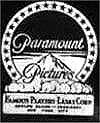
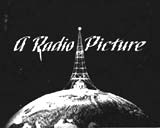
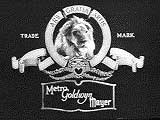



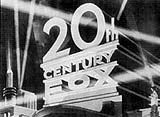
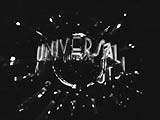
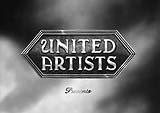
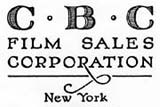
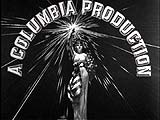
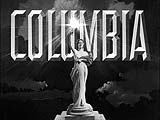
Technically speaking...
The 1920s is prior to the development of Times as a newspaper font. San serifs didn't appear until 1928 (Futura) and wouldn't be used for body text anyway.
Likely choices would be pretty pedestrian: Garamond, Jenson, Baskerville, and wouldn't really date the paper. Killigrew or some other blackface style is great for the newspaper title.